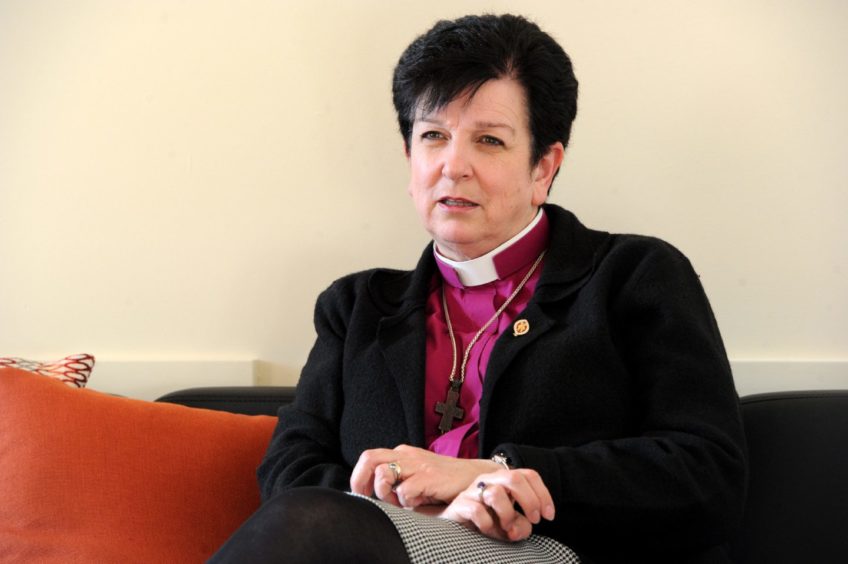Bishops have met to begin a mediation process to resolve conflicting claims of “bullying” at an Aberdeen church.
Talks are scheduled to resolve difficulties within the Aberdeen and Orkney diocese of the Scottish Episcopal Church.
It follows the publication of a controversial independent review into activities within the congregation in recent years.
Within the report, there were accusations of Bishop Anne Dyer, Bishop of Aberdeen and Orkney, “bullying” other church members.
However, following its publication, she herself said she had also been subjected to “repeated attacks on social media”.
What will mediation involve?
Mrs Dyer commissioned the independent report, which was written by former Church of Scotland moderator Iain Torrance, to put an end to difficulties within the Aberdeen and Orkney diocese.
However, concerns have since been raised that some voices have not been heard in the process.
One of the recommendations in the report was that Mrs Dyer take an immediate sabbatical before leaving permanently.
No decision has been taken about her future, but the church has commissioned an independent mediation process to help the healing process.
All seven diocesan bishops met on Friday to established a steering group for the mediation, which will be chaired by David Strang, a former chief constable of Dumfries and Galloway and Lothian police, with Rev Liz Crumlish, who has worked in the Church of Scotland for 30 years, and Morag Hendry, who has been an active member of the Scottish Episcopal Church since childhood.
The steering group will now begin work to appoint an external mediation organisation to undertake the confidential process.
A Scottish Episcopal Church statement read: “The group is aware of the need to move forward swiftly, and further information will be issued on behalf of the group as soon as it is in a position to provide more details.
“The bishops acknowledge that this is a difficult period for the Diocese of Aberdeen and Orkney, and recognises the level of hurt and upset experienced by a number of people.
“It has also been a challenge for the bishops themselves, and they have listened to a wide variety of differing opinions in recent weeks.
“They are in the process of considering what additional pastoral support can be made available.”
‘Torrance report conclusion not plausible’
It is understood there are differing views within the Scottish Episcopal Church’s hierarchy about Mr Torrance’s report.
There were 115 submissions to the process with the retired academic revealing “several” stretched to more than 40 pages.
Concerns have been raised following the publication that some voices within the church have not been heard in the process.
Mrs Dyer herself has said that the report has “not fully addressed” the issue she had originally raised with the College of Bishops.
In the review, Mr Torrance described the suggestion that the Aberdeen and Orkney diocese had been in disrepair for several years prior to the bishop’s arrival as “simply false”.
However, in a letter, Brian Brock, professor of moral and practical theology at Aberdeen University, says there were “various tensions and conflicts” that long predated her arrival.
He said: “The absence of a more complex narrative leads readers with no knowledge of the cathedral to the obvious but erroneous conclusion that all the cathedral’s problems began with the imposition of a new and controlling bishop.
“In excusing himself from presenting the counter evidence submitted to him Torrance ignores the central question: Why did the bishop feel the need to become so involved in the governance processes of the cathedral?
“The answer offered in the report, that she was power hungry and wanted to control every detail of the governance of the diocese, is not plausible.”


